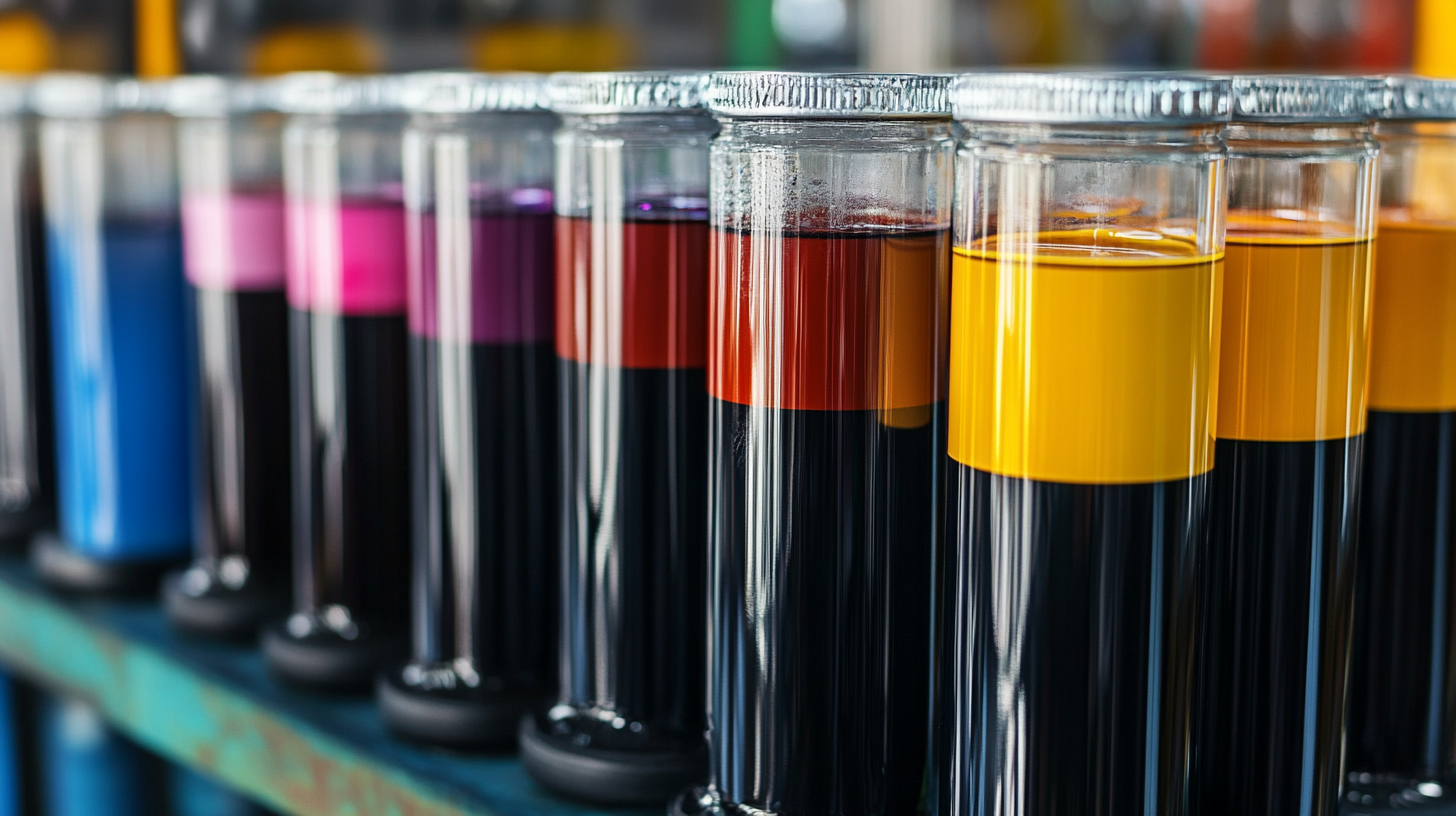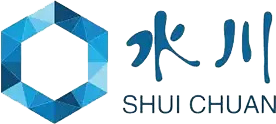In the ever-evolving world of textile manufacturing, the choice of dye can significantly impact both product quality and procurement strategies. Black Reactive Dye, renowned for its vibrant color, exceptional fastness, and versatility, stands as a pivotal component in achieving superior finishes across a variety of fabric types. As global markets continue to demand sustainable and high-performance materials, understanding the nuances of Black Reactive Dye becomes essential for procurement professionals seeking to enhance their supply chain efficiency. This blog will delve into critical insights surrounding its chemical properties, application processes, and market trends, equipping stakeholders with the knowledge necessary to navigate the complexities of dye selection and procurement. By examining both the benefits and challenges associated with Black Reactive Dye, we aim to empower textile buyers to make informed decisions that align with both quality standards and environmental considerations.

Black reactive dyes play a crucial role in the textile industry, offering vibrant color solutions while maintaining excellent fastness properties. These dyes are characterized by their ability to form covalent bonds with cellulose fibers, enabling superior durability and wash performance. According to the “Global Reactive Dyes Market” report by Research and Markets, the reactive dye market is projected to reach approximately USD 5 billion by 2025, fueled by the increasing demand for sustainable and high-performance dyeing technologies.
The chemistry behind black reactive dyes involves a complex interplay of molecular structures that enhances their application versatility. Commonly used black reactive dyes include Reactive Black 5 and Reactive Black 7, which are valued for their broad application in various fabric types. A 2022 study published in the Journal of the Society of Dyers and Colourists indicated that the optimal application of these dyes not only improves color quality but also minimizes environmental impact through reduced water and energy usage.
Furthermore, innovations in dyeing processes, such as low-water and eco-friendly dyeing techniques, are reshaping the landscape of textile coloration. The adoption of such technologies is projected to increase by over 30% in the next three years, as brands seek sustainable practices without compromising on quality. This shift underscores the importance of understanding the chemistry and technology behind black reactive dyes for businesses aiming for success in global procurement.
This chart illustrates the distribution of black reactive dye usage across various industries, showcasing the significant demand in textiles, printing, and other applications.
The dynamics of the global black reactive dye market are shaped by evolving demand and supply factors that underscore its significance in the textile industry. In recent years, the quest for sustainable and vibrant dyeing solutions has led to a rise in the popularity of black reactive dyes. These products offer not only deep, rich colors but also improved longevity and wash fastness compared to conventional dyes, making them a preferred choice for manufacturers and brands alike. As sustainability becomes increasingly crucial, the demand for eco-friendly reactive dyes is expected to soar, with consumers pushing for more environmentally responsible production practices.
Market trends indicate that the para aminophenol segment, a key component in reactive dye manufacturing, has experienced notable growth. With the global para aminophenol market valued at $620.6 million in 2023 and projected to reach $1.052 billion by 2032, the implications for black reactive dyes are significant. This surge is indicative of robust demand across various applications, including textiles and pharmaceuticals, which in turn stimulates innovation in dye formulation and production techniques. As brands and manufacturers adapt to these market trends, understanding the intricate balance of supply and demand will be crucial for navigating the competitive landscape of black reactive dyes.
| Region | Market Demand (Metric Tons) | Market Supply (Metric Tons) | Price per Ton (USD) | Growth Rate (%) |
|---|---|---|---|---|
| North America | 15,000 | 12,000 | $8,500 | 3.5 |
| Europe | 25,000 | 20,000 | $9,000 | 4.0 |
| Asia-Pacific | 50,000 | 45,000 | $7,500 | 5.5 |
| Latin America | 10,000 | 8,000 | $8,000 | 2.0 |
| Middle East & Africa | 8,000 | 6,000 | $8,200 | 3.0 |
In the realm of black reactive dye procurement, quality control stands as a critical pillar for global success. As industries increasingly focus on digital transformation, especially in sectors as dynamic as pharmaceuticals, applying best practices in quality management becomes imperative. The adoption of stringent quality control measures ensures that the dyes meet required specifications, enhancing product performance and sustainability while minimizing waste and operational risks.
To achieve effective quality control in black reactive dye procurement, companies should leverage advanced digital tools and analytics. These technologies enable real-time tracking of dye quality throughout the supply chain, facilitating immediate corrective actions if any discrepancies arise. Furthermore, collaborating closely with suppliers to establish clear quality standards and testing protocols can foster stronger partnerships, ultimately leading to higher-quality outcomes.
Additionally, continuous training and development are essential for procurement teams to stay updated with industry best practices. By investing in professional growth, organizations can enhance their knowledge on the latest trends and innovations in dye quality control, ensuring their procurement strategies are not only effective but also agile in adapting to the ever-changing market landscape.

The increasing use of black reactive dyes in industries such as textiles, pigments, and leather raises significant sustainability concerns, especially regarding their impact on water bodies. A recent review highlights that azo dyes, a common class of synthetic dyes, are frequently discharged into wastewater from these sectors, posing severe environmental and health risks. Reports indicate that as much as 20% of the world's dyes, including black reactive dyes, are washed off during manufacturing processes, contributing to pollution in rivers and lakes.
To address these challenges, the textile industry is exploring innovative solutions, such as the adoption of biomass-based adsorbents for dye removal from wastewater. These materials, derived from renewable resources, offer a sustainable alternative that not only reduces the environmental impact but also enhances the efficiency of wastewater treatment. According to recent studies, these adsorbents can remove up to 95% of azo dyes from contaminated effluents, representing a significant advancement towards achieving sustainability in dye usage.
Moreover, the advancements in treatment technologies are pivotal for compliance with regulatory standards aimed at controlling dye discharges. The industry must prioritize sustainable practices, leveraging eco-friendly materials and methods to minimize waste and preserve natural water resources. Through collaborative efforts and innovative solutions, a balance can be struck between meeting the demand for black reactive dyes and maintaining environmental integrity.
In the realm of global procurement, ensuring regulatory compliance is a fundamental aspect when sourcing black reactive dyes. These dyes, known for their brilliant color and versatility, are widely utilized in various industries, including textiles and printing. However, the complex landscape of international regulations governing these substances poses significant challenges for companies engaged in global sourcing. Understanding the regulatory frameworks across different countries is crucial to avoid legal pitfalls and ensure the safety of products.
Navigating these regulations requires a thorough grasp of chemical structures and their implications. Recent studies highlight the importance of identifying specific dye compositions, such as Acid Black ATT, to ascertain compliance with industry standards. Companies must not only be aware of the chemicals they are sourcing but also the associated risks and environmental impacts. By prioritizing transparency and sustainability in their supply chains, businesses can enhance their procurement strategies while ensuring adherence to ever-evolving regulations related to black reactive dyes. This proactive approach not only mitigates risks but also fosters a culture of responsibility that resonates with increasingly conscious consumers.

